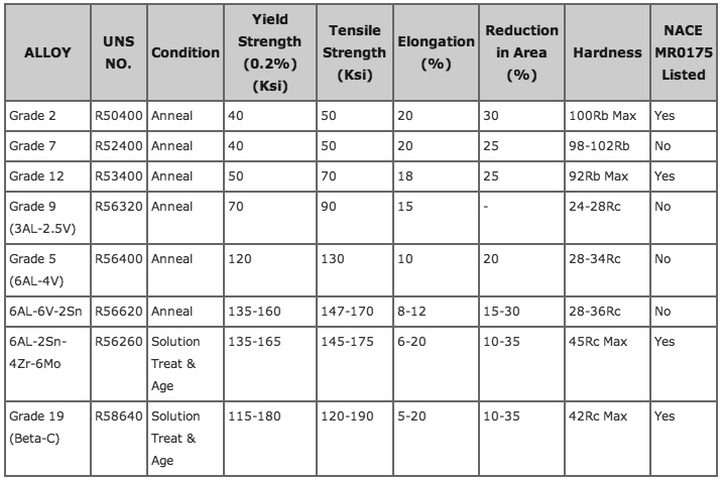

The sequence of phase transformation leading to this hierarchical nanostructure is explored using electron microscopy and atom probe tomography. Working towards this goal we achieved high strength in a low cost β- titanium alloy, Ti-1Al-8V-5Fe (Ti185), by hierarchical nanostructure consisting of homogenous distribution of micron-scale and nanoscale α-phase precipitates within the β-phase matrix. Lightweighting of automobiles by use of novel low-cost, high strength-to-weight ratio structural materials can reduce the consumption of fossil fuels and in turn CO 2 emission. PMID:27034109ĭevaraj, Arun Joshi, Vineet V. Thus hierarchical nanostructured Ti185 serves as an excellent candidate for replacing costlier titanium alloys and other structural alloys for cost-effective lightweighting applications. Our results suggest that the high number density of nanoscale α-phase precipitates in the β-phase matrix is due to ω assisted nucleation of α resulting in high tensile strength, greater than any current commercial titanium alloy. Working towards this goal we achieved high strength in a low cost β- titanium alloy, Ti–1Al–8V–5Fe (Ti185), by hierarchical nanostructure consisting of homogenous distribution of micron-scale and nanoscale α-phase precipitates within the β-phase matrix. Lightweighting of automobiles by use of novel low-cost, high strength-to-weight ratio structural materials can reduce the consumption of fossil fuels and in turn CO2 emission. Srivastava, Ankit Manandhar, Sandeep Moxson, Vladimir Duz, Volodymyr A.
TITANUM GRADE FOR FLEXTURE USE SKIN
Aluminum can also be anodized - effectively growing an ultra hard, ultra durable skin on the outside of the metal.A low-cost hierarchical nanostructured beta- titanium alloy with high strengthĭevaraj, Arun Joshi, Vineet V. So how does titanium actually compare to aluminum alloys? The results might surprise you!Ĭompared to grade 2 titanium, 7075-T6 aluminum is 33% lighter and has a higher tensile strength, strength-to-weight, and stiffness-to-weight. Grade 1/2 titanium is the softest and most ductile flavor of titanium, and easiest to stamp into shapes, but it lacks some of the amazing properties of more exotic titanium grades. Most titanium sporks on the market use grade 1 or 2 titanium (2 is slightly stronger), with no coating. Titanium is all the rage in the outdoor products world - sporks included - and for a metal that was named after a cadre of ancient Greek gods and goddesses, it certainly receives its share of the hype. So how do aluminum and titanium actually compare? Read on! This helps align the molecules in the metal and can substantially change the way a metal behaves. Changing the alloy can affect things like strength, ductility, corrosion resistance, and more.īut wait - there’s more! We can further enhance material properties by adding a heat treatment or temper to the material - essentially, heating and cooling the material in a prescribed fashion. For instance, steel is primarily composed of iron, but can also include carbon, manganese, nickel, chromium, molybdenum, vanadium, and other alloying elements.

Most “metal” used in production is actually an alloy - basically, a molten stew of different metals and compounds. Let’s start with some basics of material science. In particular, we’re going to focus on the differences between aluminum and titanium, both of which are commonly used in high performance outdoor gear, along with a variety of other materials.


 0 kommentar(er)
0 kommentar(er)
